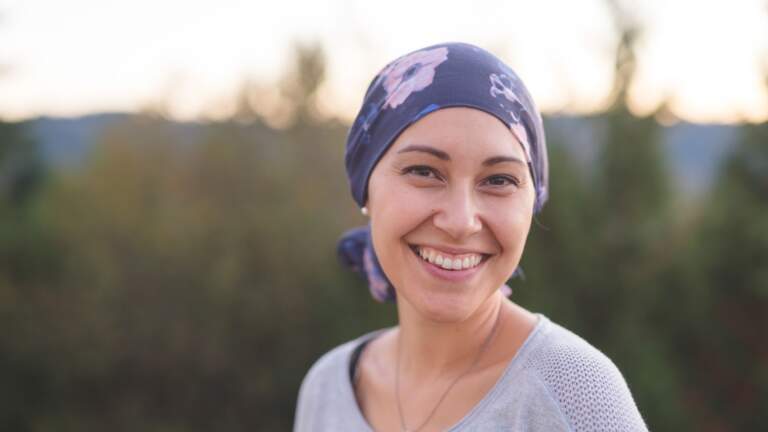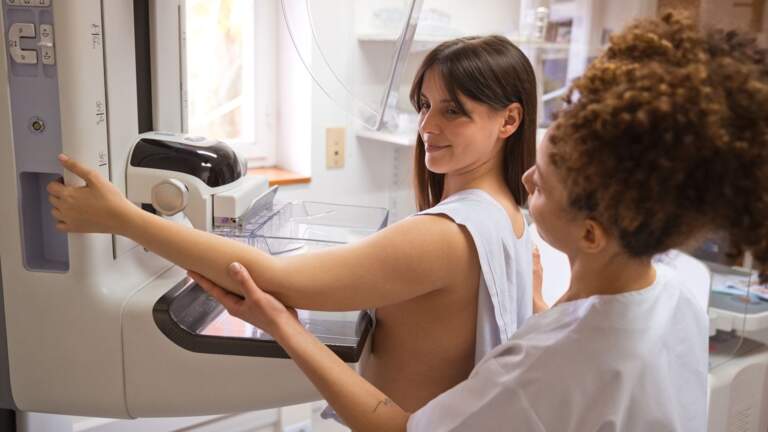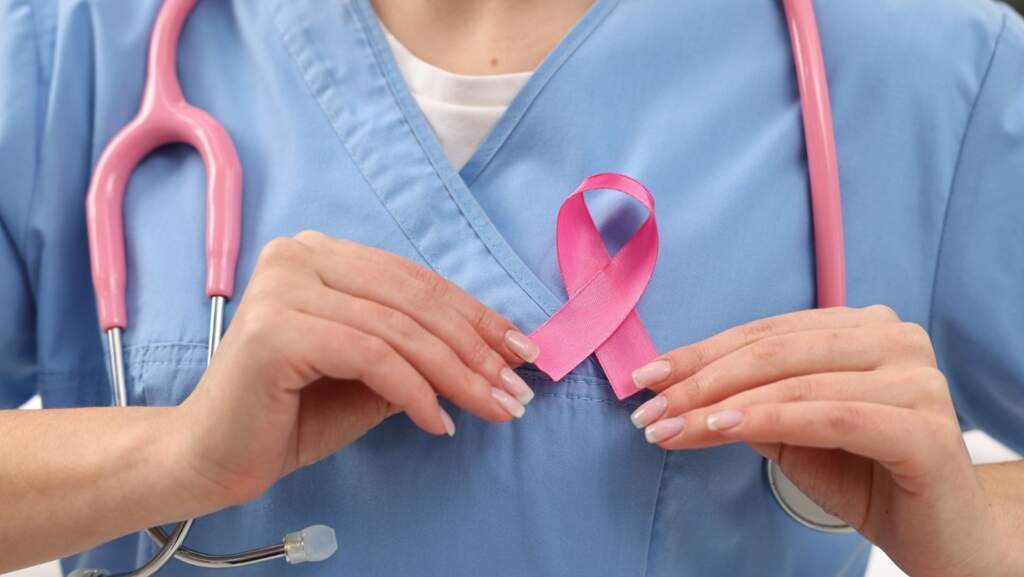
Breast Cancer facts & figures:
from the American Cancer Society
- Approximately 1 in 8 women in the US will be diagnosed with invasive breast cancer
- Breast cancer is the most common cancer diagnosed among women in the United States.
- It is the 2nd leading cause of death from cancer among women. Only lung cancer kills more women each year.
Breast Cancer Facts & Figures 2024-2025
Lifestyle risk factors associated with lower breast cancer risk
A risk factor is anything that increases your chances of getting a disease, like breast cancer. Although many risk factors for breast cancer are beyond your control, such as being born female and getting older, other risk factors can be changed by our daily choices. Here are some steps you can take that might reduce your risk of breast cancer:
Stay up-to-date with annual well visits & screenings
Early detection saves lives. When it comes to cancer prevention, coming in for your annual well visit ensures you and your provider can address any changes to your health and well-being, identify and support your current health & wellness goals, update your personal and family health history, and refer you to any preventative screenings that may be relevant to you. Mammograms are a crucial screening tool for detecting breast cancer early, when it is most treatable. They can identify small tumors that may not be felt or be present with any symptoms. Finding cancer early increases survival odds and gives patients more treatment options.
Learn more about mammograms in our Medical Blog:
Get regular physical activity
Studies have shown that moderate to vigorous physical activity is linked with lower breast cancer risk.
According to the current Physical Activity Guidelines for Americans, adults need 150 minutes of moderate-intensity physical activity a week, or 75 minutes of vigorous-intensity or an equivalent combination of moderate- and vigorous-intensity physical activity.
- Moderate activity is anything that makes you breathe as hard as you do during a brisk walk. It causes a slight increase in heart rate and breathing. You should be able to talk, but not sing during the activity.
- Vigorous activity is an activity performed at a higher intensity. Vigorous activities cause an increased heart rate, sweating, and a faster breathing rate.
Need inspiration to stay active during the colder months. Check our our Physical Activity blog for some simple tips!
Prioritize eating whole fruits, vegetables and grains
Eating a healthy diet might lower your risk of some types of cancer, as well as lowering the odds of getting diabetes and heart disease or having a stroke. Fresh vegetables & fruits contain the highest nutrient density of essential vitamins, minerals, fiber and water that our bodies need. Research evidence supports a reduced risk for many chronic diseases by including 5-8 or more servings of vegetables daily & 2-3 servings of fruits daily.
Variety is also important. Try including whole veggies and fruits on your plate everyday from every color in the rainbow.
Rethinking your daily diet? Our Nutrition Philosophy is a good place to start. Working with a Dietitian Nutritionist can also give you the support you need to make realistic, positive lifestyle changes. Talk to your Inspired Health Group care team about meeting with our Dietitian Nutritionist to support your health and wellness goals.
Avoid or limit alcohol
Alcohol has been shown to increase risk of breast cancer. Even drinking small amounts of alcohol has been linked with an increase in risk. Not drinking alcohol is the best choice for your health.
For women who do drink, they should have no more than 1 alcoholic drink a day. A drink is 12 ounces of beer, 5 ounces of wine, or 1.5 ounces of 80-proof distilled spirits (hard liquor). Use the Alcohol Drink Calculator to make informed decisions about your drinking. Talk to your provider about concerns you, friends or family members have about your drinking.
Learn more about how alcohol impacts our health & well-being in and find helpful resources our Medical Blog: Science around Moderate Alcohol Consumption
Maintain a healthy weight
Increased body weight and weight gain as an adult are linked with a higher risk of breast cancer after menopause, making it important to reach an maintain a healthy weight. Talk to your provider about what that may look like for you. Your healthcare provider can also help you make a gradual, realistic plan, support you through these healthy lifestyle changes and refer you to other resources that you may find beneficial.
If you can, breastfeed
Studies have shown a link in breastfeeding and a reduced risk of breast cancer. The longer you breastfeed, the greater the protective effect. If you have a baby and are able to breastfeed, consider breastfeeding for as long as you can.
Breastfeeding isn't always easy. Talk to your healthcare provider or your child's pediatrician for support.
Other breastfeeding resources include:
- WIC supports moms, moms-to-be, and their families with:
- healthy food
- nutrition education
- breastfeeding support
- referrals to other services
- Support Group for Moms & Moms-to-be
- Join this local support group that meets in East Aurora on the 1st and 3rd Tuesday of every month
If you smoke, quit
With some research suggesting that smoking tobacco raises the risk of breast cancer, there is yet another reason to quite smoking. Breathing in another person's cigarette smoke also may raise the risk. If you or a loved one needs help quitting, talk with a member of your health care team.
NYS's Quit Line that has some valuable resources.
Talk to your healthcare team about changes in your breasts
Being aware of your body, what's "normal" for you, and talking to your health care provider about any changes you notice in your body can help identify cancer early. If you notice a new lump or skin changes in your breasts, contact your health care team as soon as possible. Your provider may want you to come in for a physical exam or may suggest a mammogram or other screening test based on your medical history.

Multi-cancer screening and Genetic testing
Detect cancer signals early & identify hereditary cancer risk
Paired with preventative screenings like mammograms, multi-cancer screening and genetic testing can further help identify cancer signals and cancer risks early. At Inspired Health Group, we offer a multi-cancer early detection test called Galleri from GRAIL, and a hereditary cancer risk/germline test called MyRisk from Myriad Genetics. Although these tests do not replace cancer screenings like mammograms, they do help our patients better understand their current health & wellbeing, along with potential cancer risks. Talk to your provider to see if these options are right for you.
